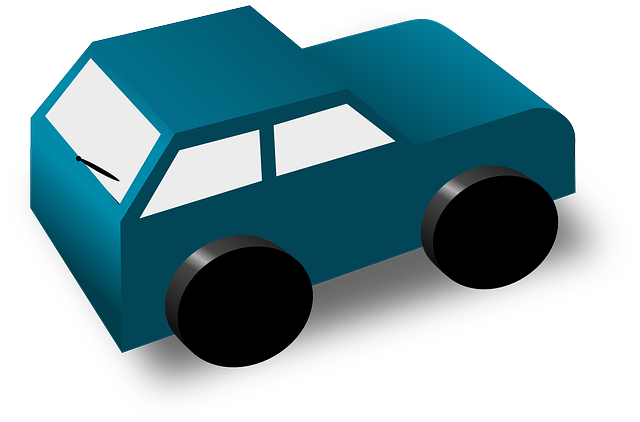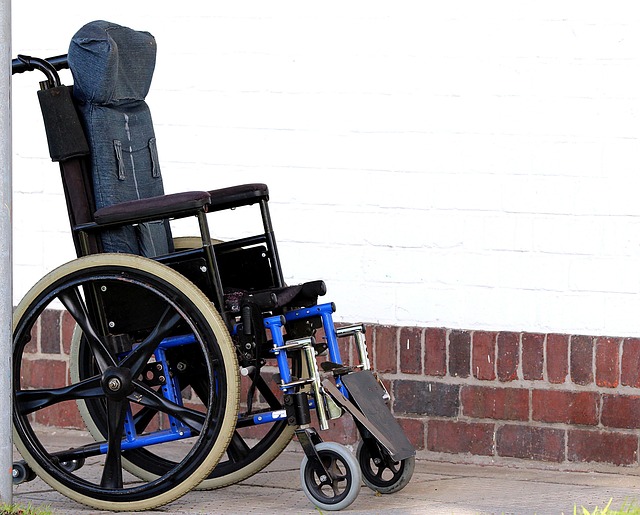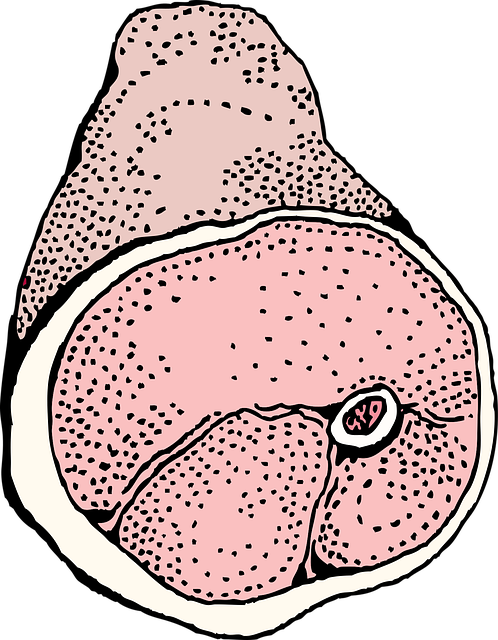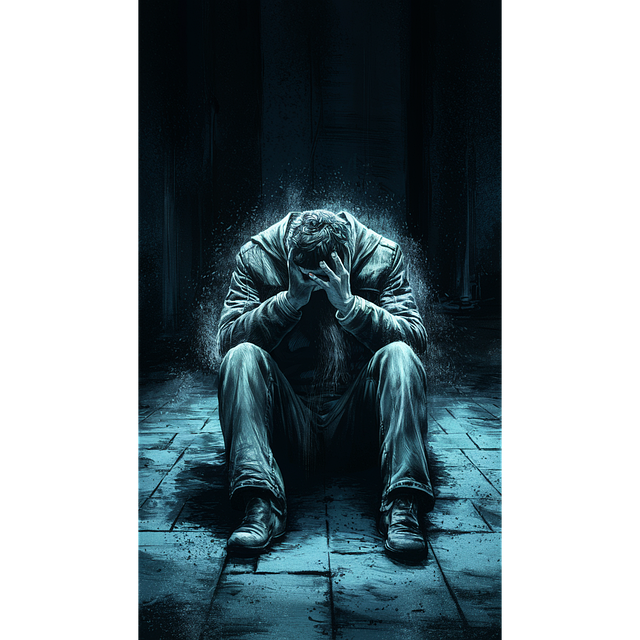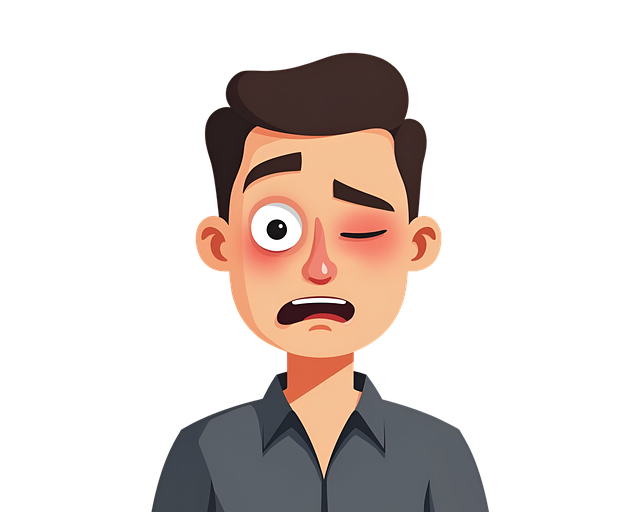Chiropractic treatments for shoulder pain after car accidents offer a safe and effective non-invasive solution, focusing on improving mobility, reducing inflammation, and strengthening muscles through manual adjustments, specific exercises, and physical therapy. This conservative approach promotes faster healing compared to surgery or medication, providing significant pain relief and better function for individuals suffering from rotator cuff strain post-crashes.
After a car accident, rotator cuff strain is a common injury. This article guides you through effective treatment options for managing and alleviating post-crash shoulder pain. We explore the role of chiropractic care as a non-invasive approach to treat rotator cuff strains. Additionally, discover key rehabilitation strategies designed to expedite recovery and restore shoulder function. Learn how these methods can help you manage your pain and regain mobility after a car accident.
- Understanding Rotator Cuff Strain After Crashes
- Chiropractic Care: A Non-Invasive Approach
- Effective Rehabilitation Strategies for Fast Recovery
Understanding Rotator Cuff Strain After Crashes
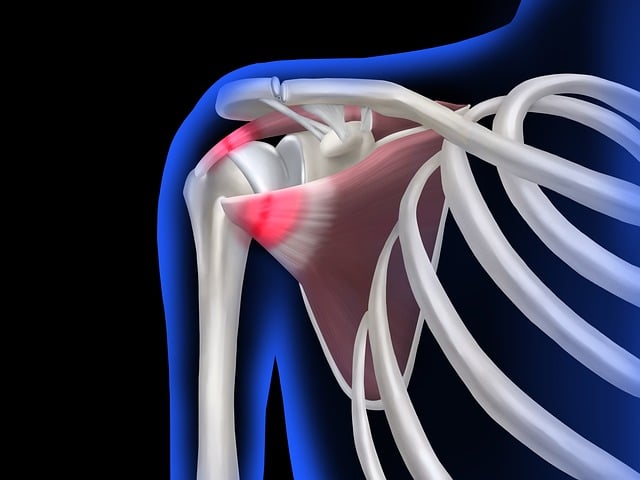
Rotator cuff strain after a crash is a common injury, often resulting from the sudden impact and subsequent jarring movements during automotive accidents. The rotator cuff comprises muscles and tendons that surround the shoulder joint, playing a crucial role in arm movement and stability. When a person experiences a car accident, the force of the collision can cause these soft tissues to stretch, tear, or become inflamed, leading to significant shoulder pain.
Chiropractic treatments for shoulder pain after car accidents are effective in managing this condition. Chiropractors employ various techniques, such as manual adjustments and targeted exercises, to reduce inflammation, improve mobility, and restore the natural range of motion in the shoulder. These non-invasive methods can significantly alleviate pain and help patients regain strength, making chiropractic care a preferred choice for those seeking relief from rotator cuff strain after crashes.
Chiropractic Care: A Non-Invasive Approach

Chiropractic care offers a non-invasive approach to managing rotator cuff strain resulting from car accidents. Chiropractors focus on adjusting the spine and joints, aiming to alleviate pressure and restore proper alignment. This gentle manipulation can help reduce inflammation and pain associated with shoulder injuries post-crash, promoting faster healing.
Compared to surgical or pharmaceutical interventions, chiropractic treatments for shoulder pain after car accidents provide a conservative option. They are often preferred as initial forms of treatment due to their ability to improve mobility, flexibility, and overall function without the risks or side effects of more aggressive methods.
Effective Rehabilitation Strategies for Fast Recovery

After a car accident, rotator cuff strain can be a common and painful injury. Effective rehabilitation strategies are key to fast recovery. Chiropractic treatments for shoulder pain after car accidents offer a non-invasive approach, focusing on restoring mobility, strengthening muscles, and reducing inflammation. These treatments may include manual adjustments, specific exercises, and therapy techniques tailored to the patient’s needs.
In conjunction with chiropractic care, physical therapy plays a crucial role in recovering from rotator cuff strain. Targeted exercises designed to improve shoulder stability and flexibility, along with ice and heat therapy, can significantly enhance recovery. Additionally, patients may benefit from learning proper posture and lifting techniques to prevent further strain on the rotator cuff muscles.
A rotator cuff strain resulting from a car accident can be effectively managed with a combination of chiropractic care and targeted rehabilitation. Chiropractic treatments for shoulder pain after car accidents offer a non-invasive approach, focusing on adjusting the spine and joints to reduce inflammation and improve mobility. Following this initial care, a tailored rehabilitation program incorporating exercises to strengthen the rotator cuff muscles is crucial for a fast and complete recovery. By addressing both the physical and structural aspects of the injury, individuals can regain shoulder function and return to their active lifestyles.


